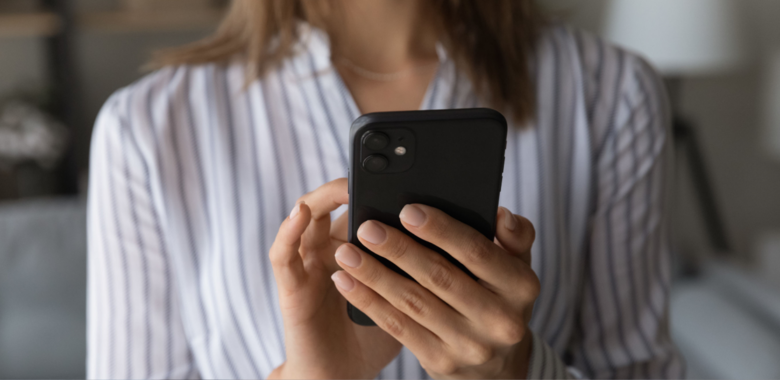In today’s digital world, using our mobile phones to consume services is now a part of everyday life. With the average person now spending 2 hours and 51 minutes on their phone each day, service providers like ecommerce sites and entertainment channels have had to adapt their interfaces so that they also work on a smartphone.
The financial services industry is no exception. Based on our research, 80% of banked people now using their bank’s mobile app to review their transactions, check statements, and send money to others. This is due to a simple reason: the notion of waiting in line, as in branch, simply does not exist when using a smartphone.
Nonetheless, while accessing our bank accounts via a smartphone is easier and more convenient for customers, it presents a significant challenge to the financial services industry. These providers need to be able to grant/deny access to very sensitive information in real time and to someone they cannot authenticate physically using an unknown device.
Now, however, with Digital First mobile app technologies, providers can mitigate against this problem while still providing the same seamless user experience.
Onboarding with strong authentication, and identification
When designing their mobile app, all digital services providers need to choose what level of verification will be required to authenticate users and give them access to their services. This will vary depending on what the service is and what type of information it holds. Accessing your Netflix account on your mobile may only require a password, for example, whereas accessing an app containing your health records will require much stronger authentication methods.
On-boarding a sensitive service holding a lot of your personal data requires proof of identity. This is why, in order to open a bank account on your mobile, an ID verification process is needed. The customer most show proof of a valid ID document and some form of biometric authentication, like a selfie, to match them to this document. If the document is valid and if the person presenting that document is its genuine owner, then the service can be granted.
The trick here is ensure a smooth user journey for genuine customers wanting to open an account and also make sure attempts by fraudsters will be denied. In a Digital First mobile experience, all the above steps, plus additional black-list verification steps (for Anti-Money-Laundering for example), can be performed in less than 5 minutes.
What’s more, it is expected that this 5-minute figure will soon be closer to one minute with the proliferation of national digital identity schemes, and, as the ID document verification process becomes more familiar to customers. Digital First provides the best digital banking and payment experience with optimized speed, security, and ease of use.
What about existing customers?
For an existing customer, Digital First will offer a variety of new services that the user will be able to access from their app, such as digital cards issuance, virtual card display, or PIN code management.
Why is this possible? Well, with Digital First, if ID proofing has been performed once at account opening, then, the user can be authenticated quickly and easily whenever the bank deems necessary using a strong, multifactor technique. ‘Strong’ authentication refers to using a combination of knowledge, possession, and inheritance factors to ensure that the candidate is the genuine, previously on-boarded user.
Don’t do the job twice. Delegate authentication to the mobile app…. if it’s well done.
While these authentication and identification concepts are not new, using them after ID proofing to activate sensitive services is a huge leap for the industry. The old school method would be to perform the job twice: The mobile app manages to verify you are who you say you are, and the payment schemes do too but separately. This usually would not be possible without resubmitting ID documents as occurred during the on-boarding process.
Digital First is a global willingness by all stakeholders to remove frictions for the user and team up between payment schemes, cards issuers and technology partners to focus only on one thing: a meaningful, fast, secure user experience.
The complexities behind Digital First
While the benefits of implementing a Digital First offering are numerous, it should be noted that the skills needed to help banks achieve this vision are tremendously complex to master because they come from three silos that have traditionally been completely independent. We have experience and expertise in all of these three pillars: payment, banking, and issuance and we manage these all under one single platform.
Join us on the Digital First journey and start giving your customers access to instantaneous financial services today.



